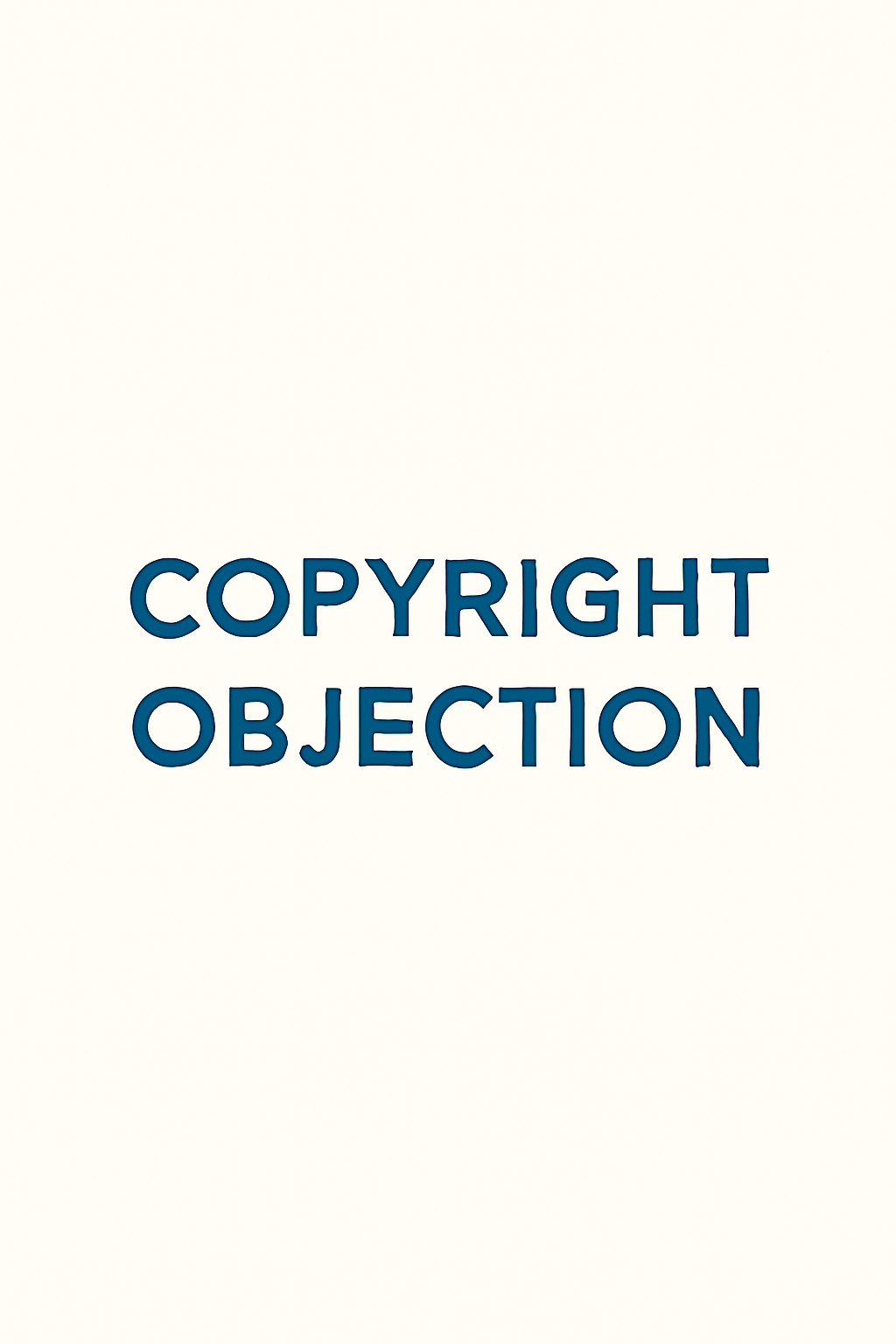Beginner’s Guide to Copyright Objection Filing in India
Stepping into the world of creative work or business means protecting your original ideas, content, and brand. But what happens if you discover someone’s trying to claim your creation—or you believe a pending copyright registration threatens your rights? Don’t worry! Here’s a simple, human-centered guide to filing copyright objections in India, designed for first-time users, founders, and creators who want to defend what’s rightfully theirs.
What is Copyright Objection?
A copyright objection is a formal challenge you file if you believe a pending copyright registration—listed for public scrutiny—conflicts with your own earlier work or rights. It’s your chance to publicly (and legally) claim, “This isn’t original, or it’s already mine!”
When Should You File a Copyright Objection?
-
During the 30-day public notice window: After someone’s copyright application gets a Diary Number at copyright.gov.in, it’s made public for 30 days.
-
Act within this window: If you discover a new filing that overlaps, copies, or infringes your work, this is your only formal window to file an objection quickly and effectively.
Who Can File a Copyright Objection?
-
Original creators or owners (authors, designers, developers, filmmakers, agencies, brands).
-
Licensees or assignees with exclusive rights.
-
Heirs or successors (inheriting copyright).
-
Anyone with prior rights or genuine interest—as long as you can offer clear proof.
Step-by-Step: How to File a Copyright Objection (2025 Update)
1. Gather Your Evidence
-
Dated drafts, registration certificates, and published works.
-
Contracts, emails, or logs showing your prior creation or ownership of the content.
2. Draft a Clear Objection Statement
-
State exactly which Diary Number/application you object to.
-
Briefly explain how and why the work infringes or overlaps with yours.
-
Attach your supporting evidence.
3. File Online at the Copyright Portal
-
Go to copyright.gov.in and log in.
-
Locate the target application and submit your objection and documents via the online portal (PDF/JPEG, under site size limits).
-
No separate objection fee—the original applicant pays the registration fee.
4. Track & Respond Promptly
-
You’ll get an acknowledgement. The Registrar will inform the applicant of your objection.
-
If you receive queries or calls for a virtual hearing, respond within 30 days—non-response means your objection can be dismissed.
Key Documents Checklist
-
Your copyright registration/application certificate (if available)
-
Proof of creation or earlier publication (dated, official, or digital)
-
Written contracts, emails, or logs regarding ownership/assignment
-
Government ID or authorization (for companies)
-
Well-structured objection statement—use facts, not emotion!
Pro Tips for First-Timers
-
Monitor new filings: Use Google Alerts or check the copyright portal for similar works.
-
Act fast: The 30-day objection window is strict—missing it closes the door on this process.
-
Be professional: Use clear, polite, concise language in your filing.
-
Seek help if complex: IP lawyers and expert services can help draft and file strong objections—especially for high-value creations or tight deadlines.
-
Save all correspondence: Keep emails, portal confirmations, and upload receipts for your records.
Filing a copyright objection isn’t about fighting—it’s about standing up for your rights, creativity, and hard work. With the digital process now smoother than ever, you don’t need legal training to take the first step. Just act thoughtfully, stay organized, and protect what makes your business or art unique.
Visit - https://www.filingworld.in/
#filingworld
